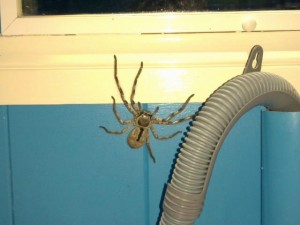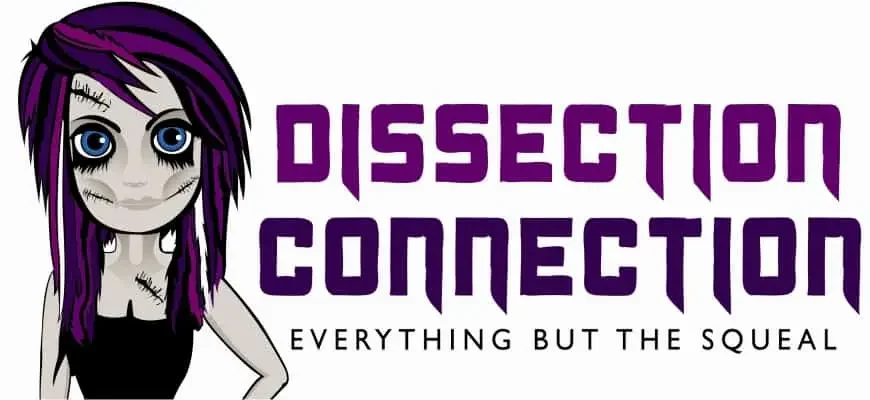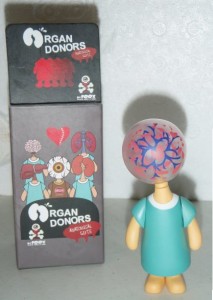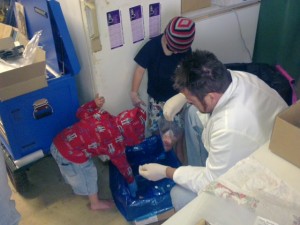
My spidey sense is really tingling this week. I had downloaded this TED podcast of Cheryl Hayashi talking about spider silk, where it comes from and all it’s amazing properties. I listened to it in the car this week and it was so good I’ve tracked down the video for you to have a look at.
Cheryl talks about dissecting an orb weaving spider, which I’ve never done. But, now that she has put the idea into my head, I’m really keen to have a go. To be honest I wouldn’t really know where to start, but if I find a dead orb weaver around the property I might see what I can do.
We’ve also had a visit from a pretty magnificent Huntsman spider in the house this week. She’s taken up residence in the bathroom near the nightlight to hunt. The photo really doesn’t do her size and hairiness justice. She’s so big I can see her two rows of shiny eyes without my glasses on – which is really saying something, believe me.
We usually get a couple of Huntsmans a year come into the house to hunt and breed. We don’t mind and we usually christen them Cylon while they are visiting, but they are very messy eaters and the carnage on the floor in the mornings is a bit much. One night Mr Vivi looked up at the living room ceiling and hundreds of tiny Huntsmans were coming out between the ceiling boards to say hello. I think he took a photo. I’ll ask him to post it here if he has it.
![]()





